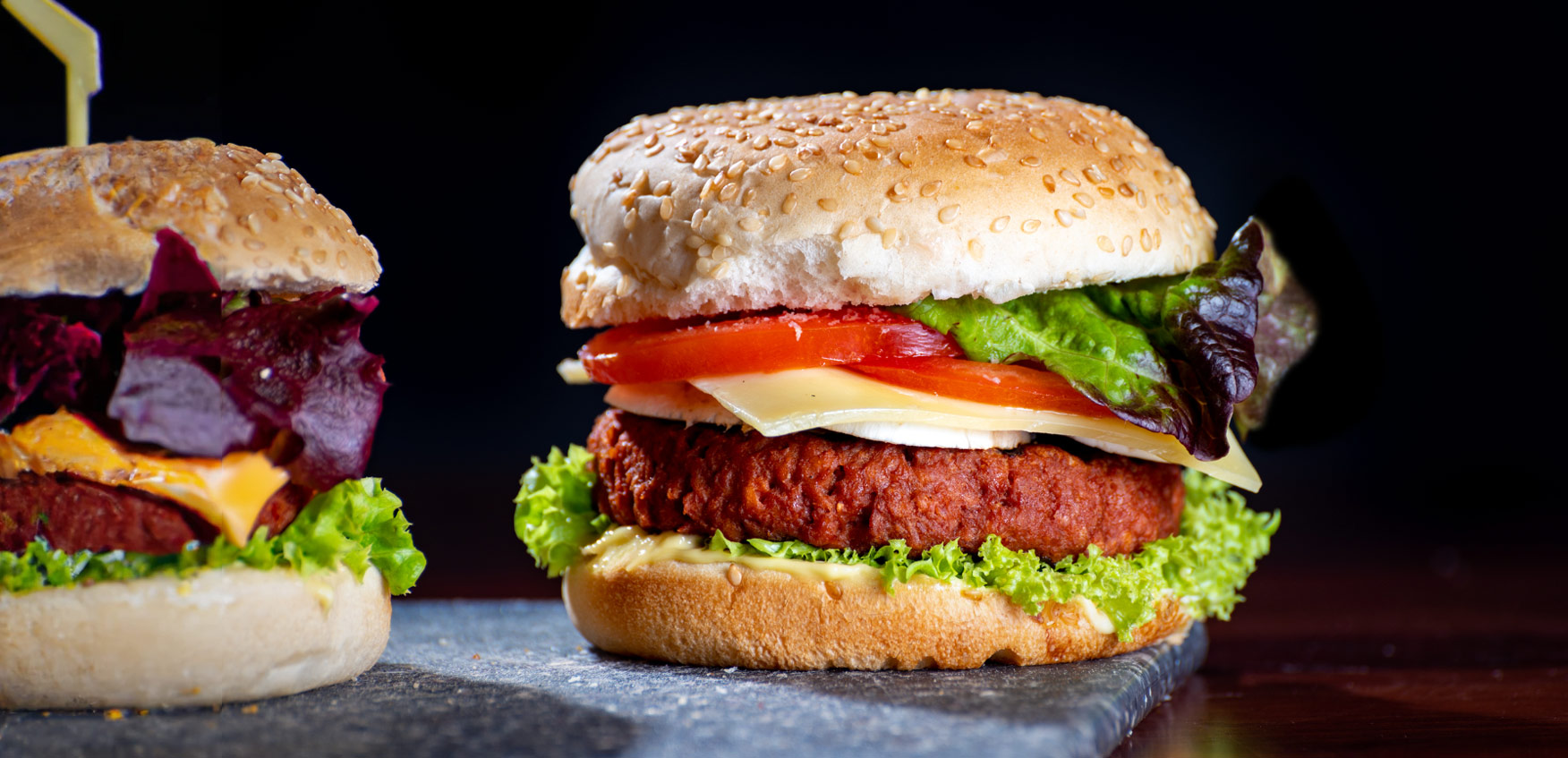What Went Right – and What Went Wrong – With Plant-Based Meat Alternatives
Plant-based meat alternatives captured the attention of meat consumers, the media and, well, me. I’ve been carefully watching these brands infiltrate the meat case for the last several years and thinking strategically about each success and failure. Beyond Meat went public in 2019 and rode that initial hype into the pandemic. Consumers were making health-first decisions and willing to try new things – especially as cooking at home began to grow dull. By 2021, the trial phase for many consumers was over and the category’s growth plateaued. The alt-meat brands had a loyal core following, but among the general consumer population – they weren’t scoring repeat purchases. In 2022, sales of plant-based meats started to fall. Refrigerated plant-based meat sales dropped 14% by volume compared to the year before; at foodservice, orders of plant-based burgers were down 9% from three years earlier.1
While things may not look so rosy for plant-based meats at the moment, there are many things these brands did right to drive the huge initial sales spike. Of course, there are also areas where they went wrong. The meat industry would be wise to take the opportunity to learn from both.
What Went Wrong
- Authenticity – the big players in the plant-based meat space entered the game with an identity crisis. Impossible Foods and Beyond Meat came out of the gate with mixed messaging, claiming they weren’t meat but also that they were? Impossible Foods had a major ad campaign succinctly stating “We Are Meat.” Ultimately, many consumers appear to have rejected the idea of ultra-processed alt-meat.
- Taste – in their messaging and ad campaigns, the alt-meat brands set expectations that their burgers would look, cook and taste just like an actual beef burger. The lack of repeat purchases of these products seems to indicate consumers rejected the taste.
- Price – across brands, the average price of plant-based meat is 43% higher than the equivalent volume of ground beef.2 With inflation cutting into people’s paychecks, paying significantly more for a similar experience is not an ideal choice for omnivores.
What Went Right
What is potentially more important than what alt-meat companies got wrong, though, is what they got right. Even though they didn’t convert most meat eaters, alt-meat companies drove impressive trial of their product and put the meat industry on defense. This was accomplished by targeting the right audience, investing (a lot) in the right ad mediums and leveraging people that consumers already trusted.
- They Knew Their Audience – I can’t deny that Impossible Foods and Beyond Meat started with solid advertising strategies. They knew their target audience was young (Millennial and Gen Z) flexitarians, vegans and vegetarians who were concerned about the environment and their health. They used relevant, bold messaging that would attract these consumers’ attention and then gained market share from fresh meat by making meat the enemy of the environment. Even though the Burger King ad was quickly pulled, a whole bunch of young people will continue to attribute climate change to cow farts for years to come. Because it was relevant, it was bold, and it was targeted.
- They Met Their Audience Where They Were – the alt-meat brands were open to advertising where their target audience already was. And the investment in these platforms was significant. Of the $10.8 million Impossible Foods spent on traditional advertising in 2020, $10.7 million was spent on digital (e.g., website banner ads and streaming video ads) – and neither of those numbers factor in social media spend.3
Alt meats were all over social channels like TikTok and Instagram, platforms with feeds that the user is voluntarily scrolling and engaging with. Streaming television (like YouTube Live and Hulu) is another place young people naturally gravitate toward – and these services are feeding them ads that are most applicable to their interests. So if they’ve shown interest in the environment, health, veganism or any of the products in the alt-meat space, they were likely being served ads directly.
- They Leveraged Influencers – a lot of the ads from these brands didn’t feel like ads. Advertisers today know that nobody wants to be advertised to. Consumers want to be entertained or informed when they go online. Advertisers have responded by utilizing more celebrities and influencers, like when Beyond Meat named Kim Kardashian as their “Chief Taste Consultant.”
- Influencer partnerships, when done well, showcase a product organically as part of the influencer’s everyday life. And consumers who aspire to a life like theirs react by purchasing those same products. Brands are leveraging influencers’ communities, their awareness and their credibility and trust.
2 Good Food Institute, Reducing the price of alternative proteins, December 2021
3 Kantar Advertising Insights, Impossible Foods, 52 w/e 12/31/2020

